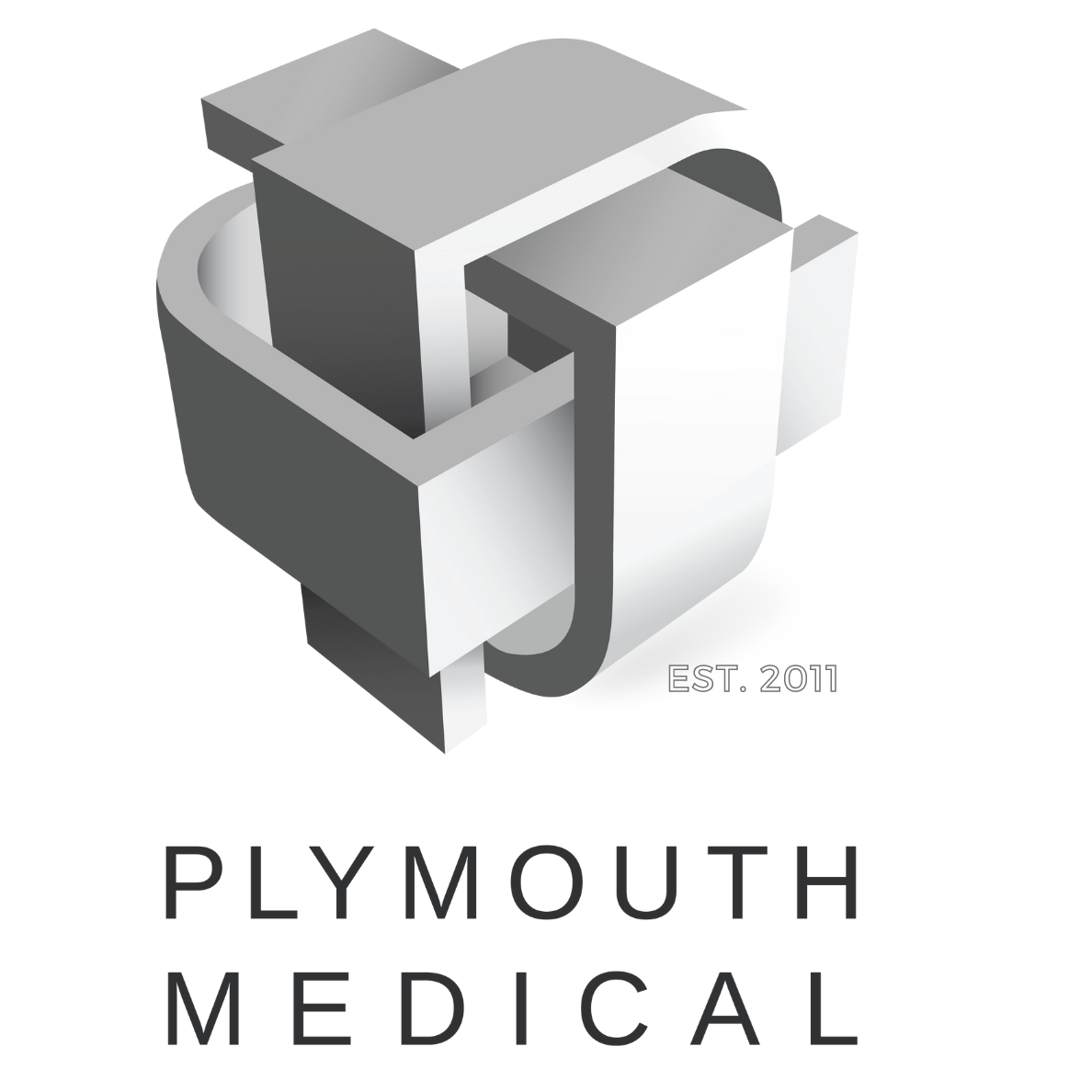Platelet-Rich Plasma (PRP) Therapy for Ovarian Rejuvenation
As women age, their ovarian function declines, leading to a decrease in egg quality and quantity. This natural process can make it challenging for some women to conceive naturally or through assisted reproductive techniques like in vitro fertilization (IVF). However, PRP is gaining attention as a potential solution for ovarian rejuvenation.
How Does PRP Work for Ovarian Rejuvenation?
The ovaries contain a finite number of eggs, and as women age, the quality and quantity of these eggs diminish. PRP therapy aims to improve ovarian function by stimulating the growth of new blood vessels (angiogenesis) and promoting the recruitment of stem cells to the ovaries. [1]
The growth factors present in PRP are believed to enhance the microenvironment of the ovaries, potentially leading to improved egg quality and increased egg production. This process may help women struggling with infertility due to diminished ovarian reserve or poor egg quality.
Potential Benefits of PRP for Ovarian Rejuvenation
While research on the efficacy of PRP for ovarian rejuvenation is still ongoing, some potential benefits have been observed:
1. Improved ovarian function: Studies have reported increased levels of anti-Müllerian hormone (AMH), a marker of ovarian reserve, after PRP treatment. [2]
2. Enhanced egg quality: PRP may help improve the quality of eggs retrieved during IVF cycles, potentially increasing the chances of successful fertilization and embryo development. [3]
3. Increased pregnancy rates: Some studies have suggested higher pregnancy rates in women who underwent PRP therapy before IVF compared to those who did not receive the treatment. [4]
It's important to note that PRP therapy is still considered an experimental treatment for ovarian rejuvenation, and more extensive research is needed to fully understand its efficacy and long-term safety.
Remember, ovarian rejuvenation is a complex process, and PRP therapy may not be effective for everyone. However, as research continues to evolve, this innovative therapy holds promise for women seeking to improve their chances of conceiving.
Citations
[1] Sfakianoudis, K., Simopoulou, M., Nitsos, N., Rapani, A., Pantou, A., Vaxevanoglou, T., ... & Koutsilieris, M. (2018). A case series on platelet-rich plasma revolutionary management of poor responders. Gynecological Endocrinology, 34(6), 491-495.
[2] Sills, E. S., Rickers, N. S., Li, X., & Palermo, G. D. (2019). Metabolic and reproductive effects of erythrocytapheresis in polycystic ovary syndrome; a pilot study. Journal of human reproductive sciences, 12(2), 95.
[3] Farimani, M., Heshmati, S., Poorolajal, J., & Bahmanzadeh, M. (2020). A report on three live births in women with poor ovarian response after PRP treatment to improve fertility. Cellular and Molecular Biology, 66(2), 130-134.
[4] Hashemi, L., Mohammadpour, T., & Khodadadi, S. (2020). The effect of platelet-rich plasma on follicular growth and ovarian angiogenesis in poor ovarian responders: A pilot study. Journal of Cellular Biochemistry, 121(2), 1532-1539.
06/01/24


